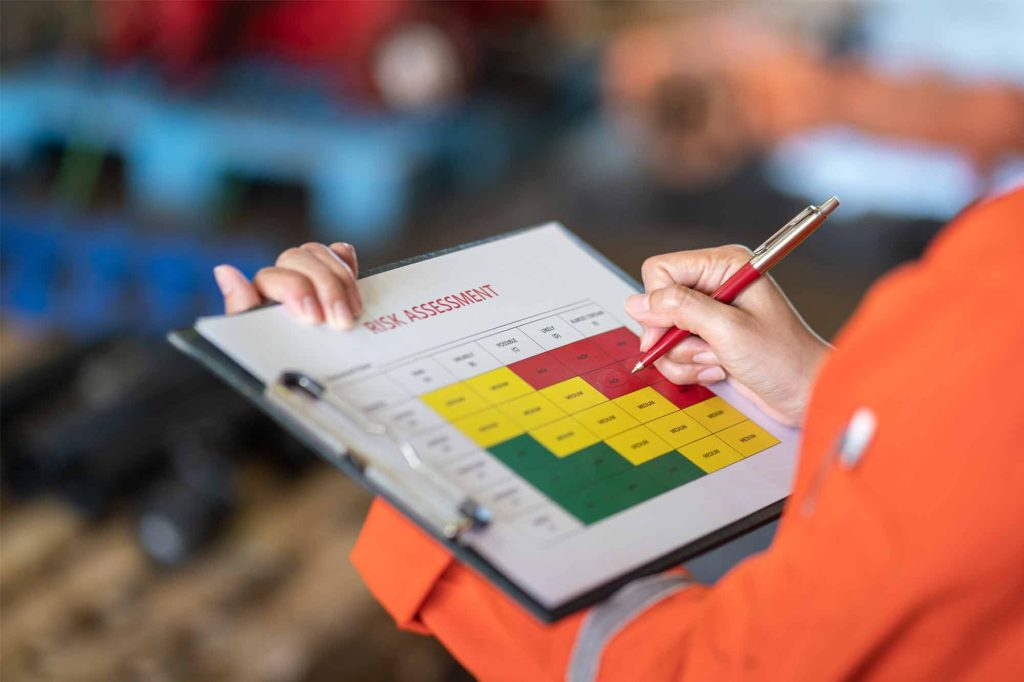Risk assessment advice
by Jane Renehan

Jane Renehan answers another reader’s question – read on to learn how to carry out an effective risk assessment.
The question – Dear Jane…
Would you explain in simple steps how to carry out a risk assessment? Any guidance I have received seems to involve a lot of time and paperwork. I just can’t see the benefit in that.
Regards, G
The answer
Let’s start by taking your question in the context of the legal framework and statutory requirements. With that out of the way, I will walk you through the simple steps of an everyday clinical example to demonstrate the value of risk assessments in dental practice.
Legal framework
Section 19 of the Safety, Health and Welfare at Work Act, 2005 requires that employers must:
- Identify the hazards in the workplace under their control
- Assess the risks presented by these hazards
- Section 20 of the same legislation requires employers to write down a safety statement which includes the hazards identified in the risk assessment, together with actions to eliminate or control the risks.
Sample risk assessment
Taking as our example the hazard of getting a sharps injury, let’s do a risk assessment (see the sample risk assessment form at the bottom of this page). Ideally a senior staff member, working with one or two other members of the dental team, could work together on this.
Discussion
Undertaking a risk assessment from start to finish is usually a once-off event. However, it should be reviewed annually by a senior staff member. Changes to safety statements and risk assessments are only required when circumstances are significantly altered. Risk assessments and practice safety statements are not optional. If you are commencing this job, then prioritise what you consider are your practice’s most significant hazards.
Developing your risk assessments in a safety first, team-based manner is the best approach. The benefits of having a practice-specific protocol designed by your dental team is that it helps to embed it into your daily processes.
A good protocol should be written in simple language, easy to read and preferably on one page. It can be used in induction and refresher training and will act as the check list for your future audits.
Finally
Don’t forget to check out the Health and Safety Authority website at www.hsa.ie where you will find excellent training resources. Also they’re separate www.BeSmart.ie can support you to identify priority hazards for risk assessments. If all else fails, employ a health and safety specialist to work with you on completing the task.
Sample risk assessment
- Step 1: identify the hazardsWhat items of equipment, techniques or procedures might cause a sharps injury?
- Step 2: assess the riskWhat is the likelihood of a sharp’s injury occurring by the identified hazard?What is the worst injury that can happen?
What are the possible consequences of that injury if it occurs?
- Step 3: select appropriate controls and implement themThis may involve ceasing a hazardous treatment or decontamination procedure or discarding an item of dental equipment which does not comply with the regulations.In cases where the cause cannot be removed it must be controlled by means of a practice-specific protocol.
Read more Dear Jane articles:

